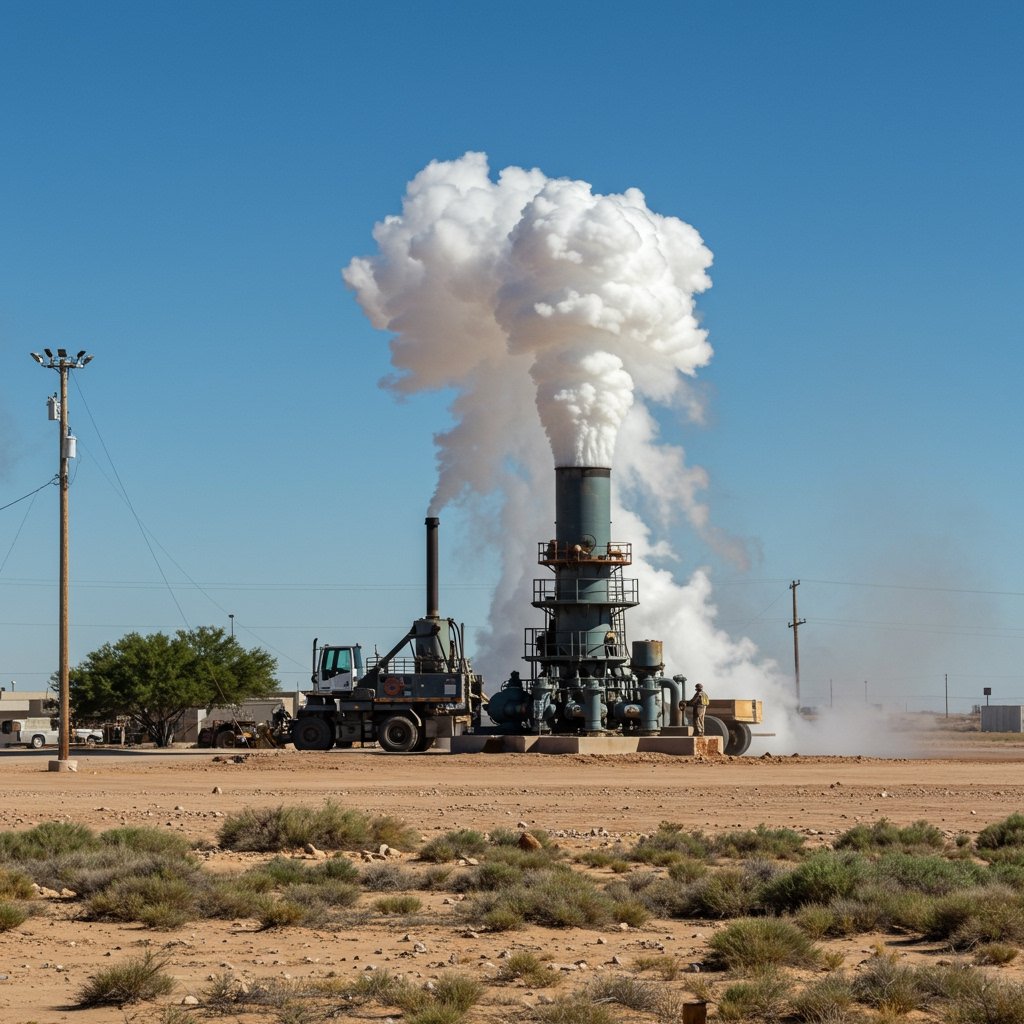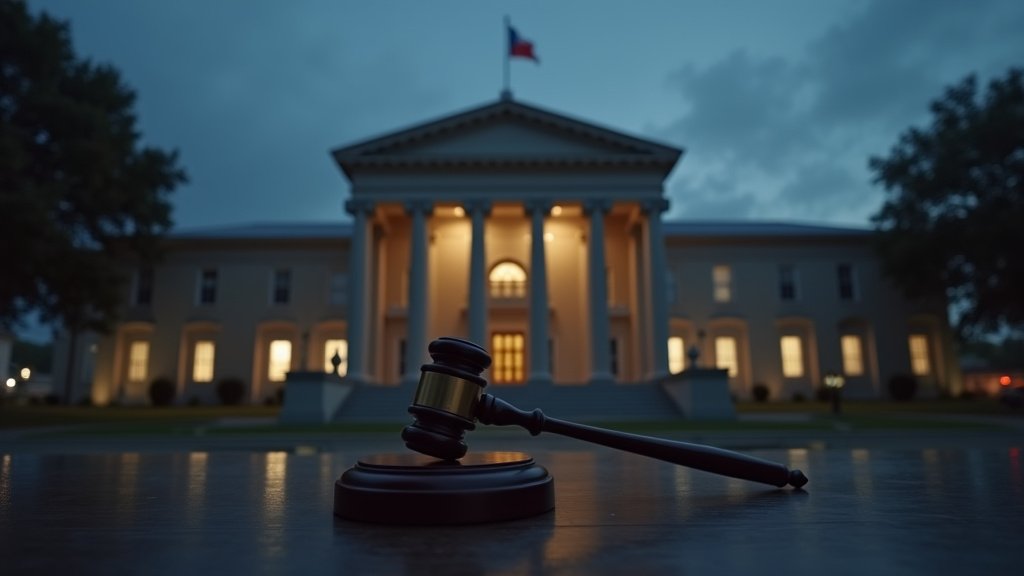Permian Basin Grapples with Far-Reaching Methane Emission Rules
AUSTIN, TX – The Texas Commission on Environmental Quality (TCEQ) officially commenced the phased implementation of a set of stringent new statewide regulations targeting methane emissions from oil and gas operations on April 10, 2025. This significant regulatory shift, initiated under the authority of Executive Order GA-XX, is poised to dramatically alter operational protocols across the state’s vast energy landscape, with particular and profound implications for the prolific Permian Basin in West Texas.
The new rules mandate the adoption of advanced leak detection technology and the installation of sophisticated capture systems at numerous points within the production, processing, and transportation infrastructure. These requirements aim to significantly reduce the release of methane, a potent greenhouse gas, into the atmosphere. While the stated objective is environmental protection and climate change mitigation, the energy industry is expressing considerable apprehension regarding the practical and economic consequences of compliance.
Industry leaders, represented by powerful advocacy groups such as the Texas Independent Producers and Royalty Owners Association (TIPRO), have voiced stern warnings about the potential financial burden these regulations will impose. TIPRO and its members estimate that compliance costs could run into the billions of dollars across the state, affecting operators of all sizes. However, the impact is expected to be particularly onerous for smaller, independent producers who may lack the substantial capital reserves and technical expertise required to rapidly implement the mandated technologies and operational changes. These smaller entities often operate older infrastructure and face tighter margins, making the investment in cutting-edge leak detection equipment and advanced capture systems a considerable challenge. Concerns are mounting that some smaller operators may be forced to curtail production or even cease operations if the financial demands become insurmountable.
Conversely, environmental organizations, including prominent groups like Environment Texas, have enthusiastically lauded the new regulations. They view the rules as a crucial and long-overdue step towards curbing pollution and contributing to the broader fight against climate change. Environment Texas highlights that reducing methane emissions from the oil and gas sector is one of the most impactful actions the state can take to lower its overall greenhouse gas footprint. They argue that the long-term environmental and public health benefits far outweigh the industry’s compliance costs, framing the investment as necessary for a sustainable energy future and responsible resource development. Proponents of the rules emphasize that advanced technologies are available and increasingly cost-effective, making the mandated changes feasible and necessary.
The rollout of these stringent new environmental standards has not been without controversy, dominating headlines and becoming a frequent subject on state editorial pages. The debate pits environmental imperatives against economic realities, highlighting the tension inherent in balancing energy production with climate goals. Industry groups are exploring various avenues, including potential legal challenges, to push back against what they describe as overly burdensome or impractical requirements. Simultaneously, environmental advocates are preparing to defend the regulations against anticipated legal and political challenges, arguing for the necessity and enforceability of the rules to protect air quality and address climate change effectively.
This regulatory watershed moment signals the beginning of what is expected to be an period of significant adjustment for the Texas oil and gas industry, particularly within the Permian Basin, which accounts for a substantial portion of the nation’s energy output. The mandated changes will necessitate significant investment in new equipment, training for personnel, and potentially altered operational procedures. The outcome of the ongoing legal and political battles surrounding Executive Order GA-XX and the TCEQ’s implementation will ultimately shape the future of environmental compliance and energy production in Texas for years to come, setting a precedent for how the state manages the environmental footprint of its most vital industry. The phased nature of the implementation provides a window for operators to adapt, but the clock has started ticking since April 10, 2025, forcing companies to rapidly assess their infrastructure and develop compliance strategies under the new regime.






